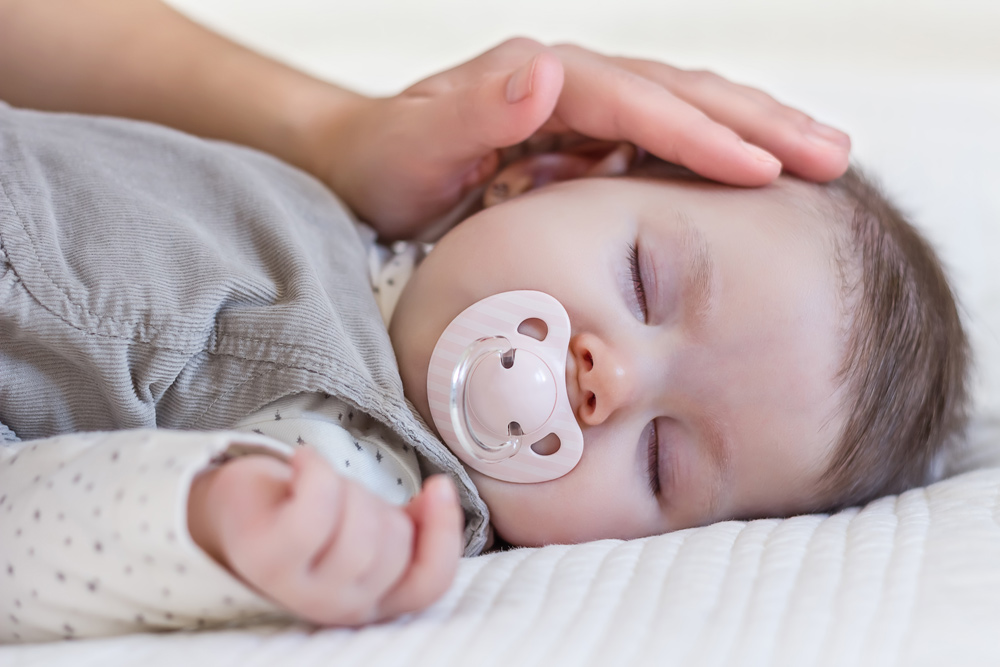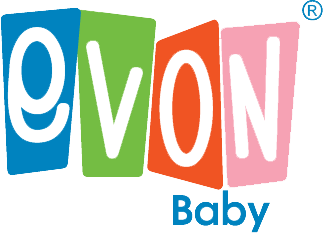How to Get a Baby to Take a Pacifier

How to Get a Baby to Take a Pacifier
3min. read
Hooray! You have weighed the pros and cons of the pacifier, and you’ve decided what’s best for your baby. Like most parents, you’re probably now wondering how to go about introducing the pacifier. It’s completely normal to have lots of questions, such as ‘what’s the right pacifier age?’ and ‘how can I get my baby to take a pacifier?’ and here you’ll find the answers.
Read on to discover essential information, tips and advice on pacifier use, so you can feel confident giving a pacifier to your newborn.
When is giving a pacifier to a newborn ok?
Wondering when to use a pacifier? According to the American Academy of Pediatrics, you should only give your baby a pacifier once they have happily mastered breastfeeding – usually at around three to four weeks.
While most babies have no problem switching from natural to artificial nipple shapes, there is still conflicting evidence about whether or not early pacifier use can cause feeding difficulties. It is recommended to postpone pacifier introduction until your baby feeding method and pattern is well-established.
Introducing a pacifier to your baby
Once you think your baby is ready to start using a pacifier, here are a few tips and guidelines that can help you introduce it effectively:
- A pacifier does not substitute a meal
If you are breastfeeding, it is important that you stick to your regular feeding times. In other words, do not let the pacifier take the place of or delay your newborn’s meal times. Suckling releases hormones that may mimic fullness in the infant, so be sure to use pacifiers only as a means to meet your child’s suckling needs after meals or at bedtime. - Getting baby to take a pacifier: Don’t force it
If your baby doesn’t want a pacifier, there’s no reason to force it. The pacifier is solely meant to comfort and relax your baby when he or she is upset or needs to suck. - Never tie the pacifier anywhere
Remember to never tie your baby’s pacifier anywhere. This includes your newborn’s neck, hands, and crib. - Leave the honey and sugar in the pantry
Ensure that you are giving your baby the pacifier clean and as is. There is no need for any sweetener, sugar, or honey and a pacifier that has sugar on it could result in tooth damage for your baby. - Introduce it during bed times
While you’re soothing your baby to sleep, offering them a pacifier can help them drift off. Choose Evon Baby Pacifier that’s safe and BPA free and designed for your baby’s age.

Choose the best pacifier for your baby’s needs
When you are ready to start giving your baby a pacifier, you want to ensure that you are using the right one. Regardless of the pacifier you opt for, make sure that it is BPA-free, orthodontic, and supports the natural palate development of your baby. Check out more information on how to choose the best pacifier for your baby!
The trick to introducing a pacifier to your baby is to never force it and never let it substitute meal times. A pacifier is intended only to meet your baby’s natural suckling needs outside of breastfeeding or bottle feeding. Other than that, you are good to go pacifier crazy!



